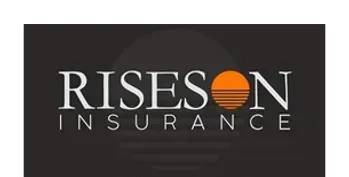
The Current State of Insurance Companies
December 11, 2023 | Insurance
In the ever-evolving landscape of the insurance industry , the personal lines sector stands as a crucial player, providing coverage for individuals and families alike. As we step into a new year, it's essential to examine the current state of the personal-lines insurance market, exploring the trends, challenges, and innovations shaping its trajectory.
The personal lines insurance market has undergone a significant digital transformation in recent years. Insurers are leveraging technology to streamline processes, enhance customer experiences, and stay competitive. From online policy purchasing to the use of artificial intelligence in claims processing, the industry is embracing digital tools to improve efficiency and meet the evolving needs of policyholders.
Advancements in data analytics have empowered insurers to better understand their customers and tailor coverage to individual needs. With the abundance of data available, insurers can assess risk more accurately, leading to more personalized policies. This not only benefits consumers by providing coverage that aligns with their specific circumstances but also allows insurers to manage risk more effectively.
The way consumers shop consumers shop for insurance has changed, with a growing preference for online platforms and digital interactions. As a result, insurers are investing in user-friendly websites, mobile apps, and virtual assistants to cater to the changing preferences of their customer base. Additionally, the rise of Insurtech companies has introduced innovative solutions, challenged traditional models and fostered increased competition.
The personal lines insurance market faces challenges related to underwriting and risk management, exacerbated by factors such as climate change and economic uncertainties. Each insurance company must adapt their underwriting models to account for evolving risks, including extreme weather events and the impact of global events on financial stability. Striking the right balance between risk mitigation and affordability remains a key challenge.
The regulatory environment plays a crucial role in shaping the personal lines insurance market. Insurers must navigate a complex web of regulations that vary by jurisdiction, impacting product offerings, pricing, and distribution channels. Keeping abreast of regulatory changes and ensuring compliance is paramount for insurers looking to maintain a strong market position.
Increasingly, consumers are considering the environmental and social impact of the companies they choose to do business with. Personal lines insurers are responding by incorporating sustainable practices into their operations and offering coverage options that align with eco-friendly and socially responsible values. This shift reflects a broader trend of corporate responsibility and its influence on consumer choices.
As we look to the future, the personal lines insurance market continues to evolve, driven by technological advancements, changing consumer behaviors, and a heightened focus on sustainability. Insurers that embrace innovation, navigate regulatory challenges adeptly, and prioritize customer-centric approaches are likely to thrive in this dynamic and competitive landscape. The key to success lies in adapting to the changing needs of policyholders while effectively managing risks in an ever-shifting environment.
Reach out to Ben Freeman at Riseson Insurance to discuss the state of his insurance agency.
